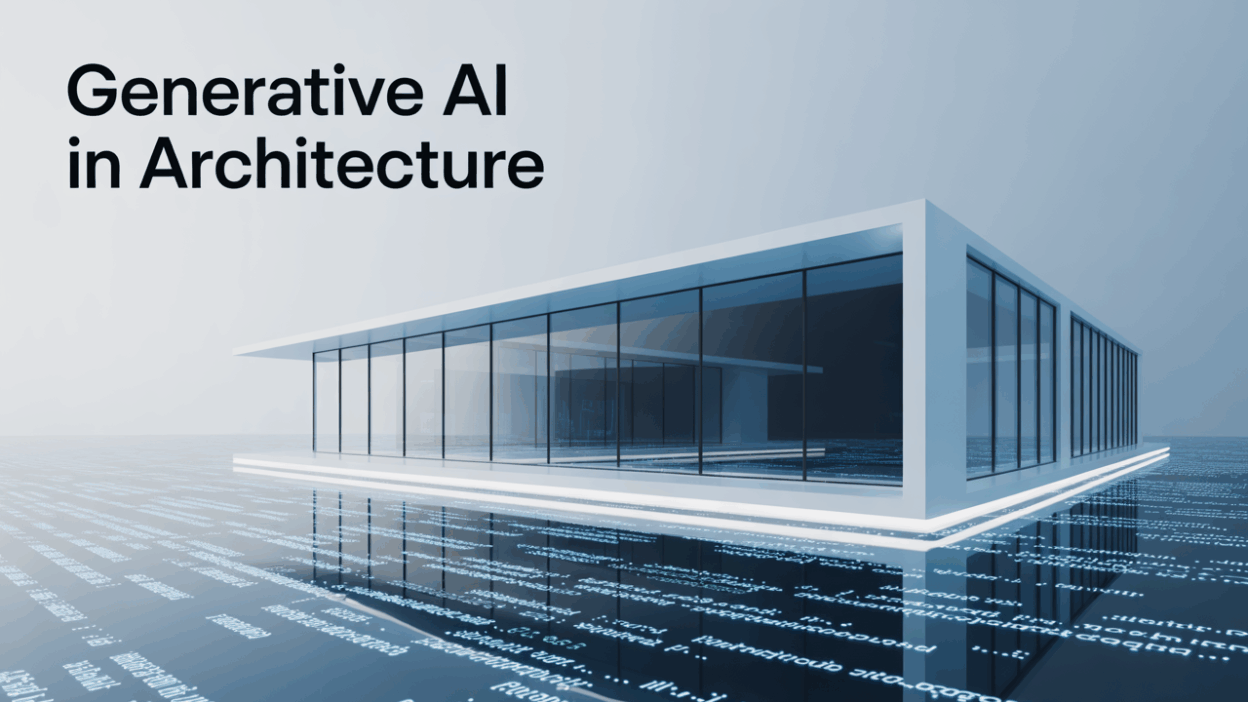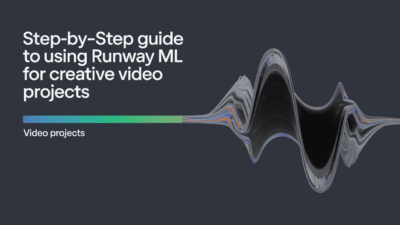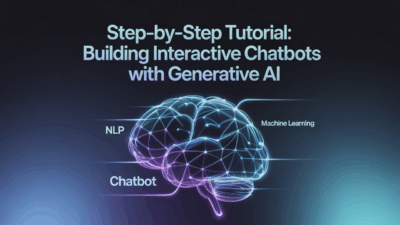Generative AI is revolutionizing the field of architecture, enabling professionals and enthusiasts alike to visualize intricate designs without needing advanced drawing skills. This transformative technology empowers architects to explore new creative horizons while streamlining workflows and reducing design iteration times . Let’s delve into how generative AI is reshaping architectural visualization.
What Is Generative AI in Architecture?
Generative AI refers to artificial intelligence systems that can generate images, models, or other outputs based on user inputs such as text prompts or sketches. In architecture, these tools are increasingly used to produce realistic renderings and conceptual designs, allowing users to bypass traditional hand-drawing techniques . These AI-driven platforms analyze vast datasets of architectural styles, materials, and spatial relationships to create visually compelling outputs that align with the input criteria.
Enhancing Design Creativity
One of the most significant advantages of generative AI in architecture is its ability to enhance creativity. By automating repetitive tasks and offering novel design suggestions, AI allows architects to focus more on conceptual thinking and innovation . For instance, tools like Midjourney enable architects to generate a wide array of design options quickly, fostering divergent thinking and encouraging experimentation . This not only speeds up the ideation phase but also opens doors to unconventional and groundbreaking solutions.
Streamlining Architectural Visualization
For those without formal drawing training, generative AI provides an accessible pathway to architectural visualization. Users can describe their ideas through simple text prompts, and the AI translates them into photorealistic images . This capability eliminates the barrier of mastering complex design software or manual sketching, making architectural design more inclusive and approachable for beginners and hobbyists.
Moreover, this technology supports rapid prototyping and iterative design. Architects can tweak parameters—such as building materials, lighting conditions, or spatial configurations—and instantly see updated visualizations . This agility facilitates better client communication, faster decision-making, and more refined final designs.
Real-World Applications and Benefits
Beyond aesthetics, generative AI contributes to functional aspects of architectural design. It aids in optimizing structural systems, energy efficiency, and space utilization by analyzing data patterns and generating informed design alternatives . Additionally, AI-powered visualization helps stakeholders visualize projects more clearly during presentations, improving buy-in and alignment across teams .
Tools like Autodesk’s generative AI applications allow designers to explore thousands of variations based on constraints and goals, ensuring that every project is both innovative and optimized . Adobe Firefly and similar platforms further expand the possibilities by integrating AI-generated visuals seamlessly into professional workflows .
Challenges and Considerations
Despite its benefits, the integration of generative AI into architecture is not without challenges. Issues such as ethical use, originality, and reliance on training data remain critical concerns . Furthermore, while AI can assist in generating visuals, it does not replace the architect’s expertise in understanding context, culture, and environmental impact. Instead, it serves as a complementary tool that enhances human creativity rather than substituting it .
Conclusion
Generative AI is redefining architectural design by making visualization more accessible, efficient, and imaginative. Whether you’re a seasoned architect or someone exploring design concepts for the first time, AI tools offer powerful capabilities that transcend traditional boundaries. As this technology continues to evolve, its role in architecture will only grow, paving the way for smarter, more intuitive design processes that benefit both creators and clients alike.


